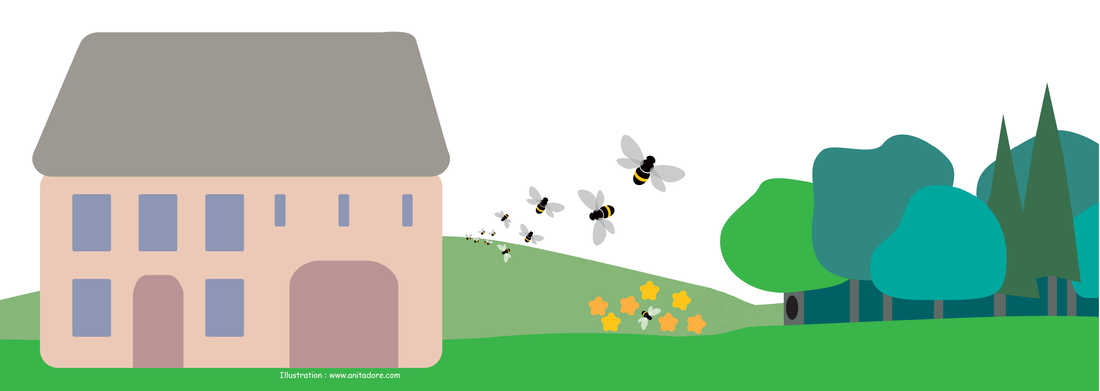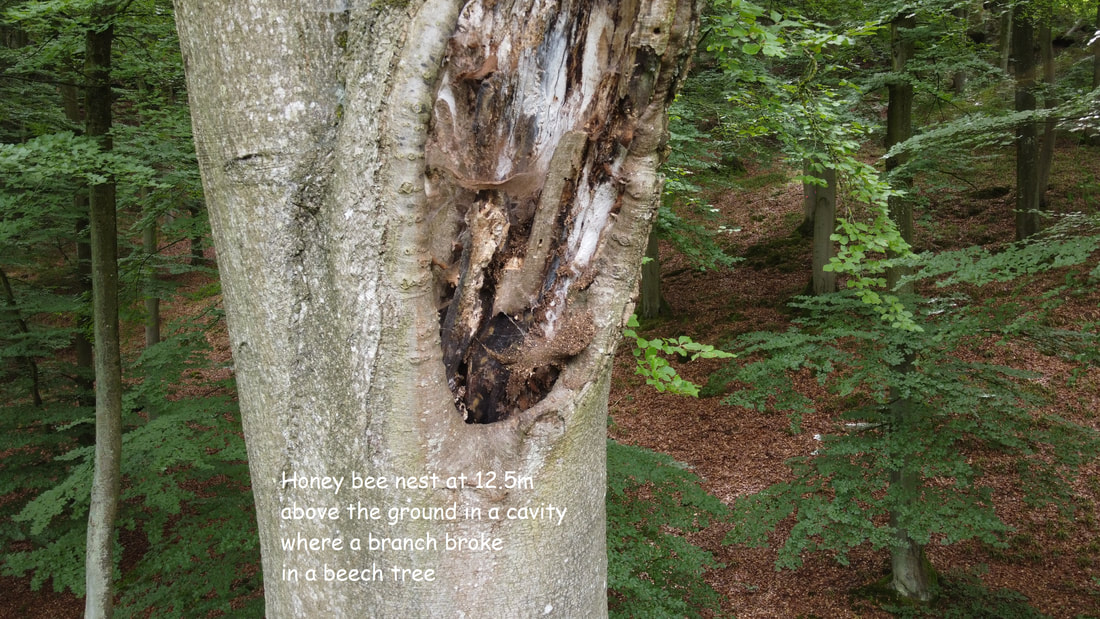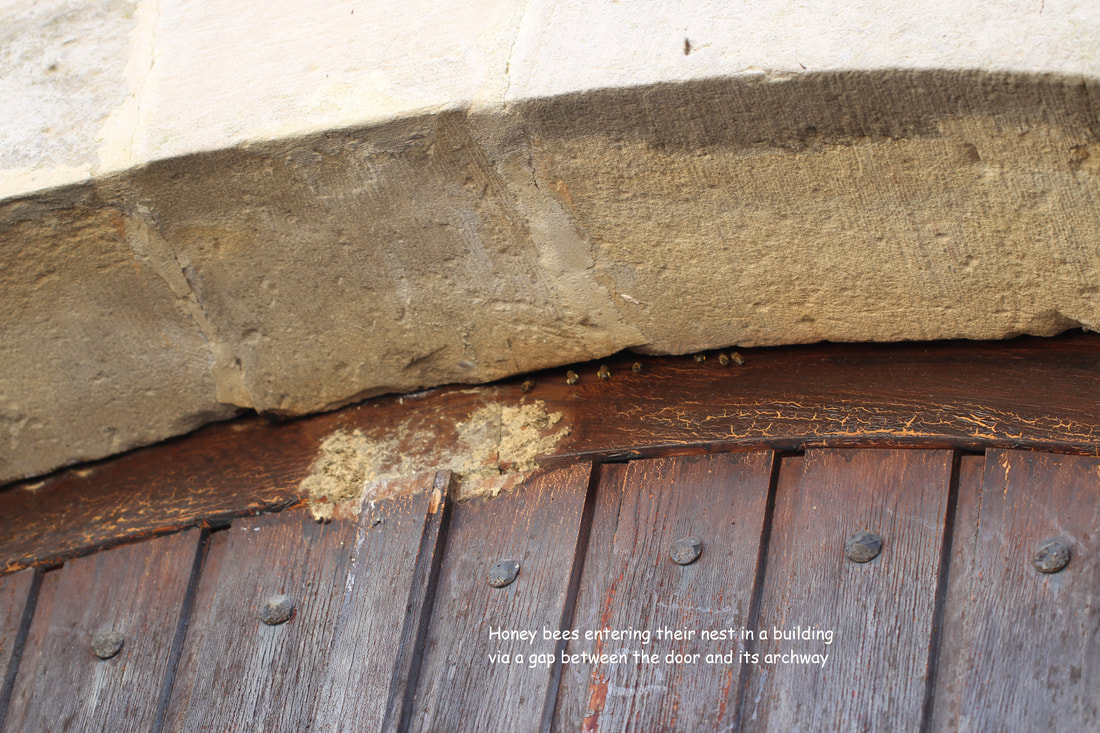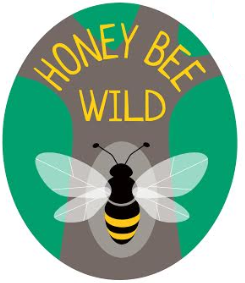Where have all the wild honey bees gone?Honey Bee Wild calls for citizens to help locate wild honey bees.
Honey Bee Wild is calling on you to help support one of Luxembourg´s most useful and most threatened insects: the honey bee. Do you know of wild honey bees living in cavities in Luxembourg? Would you like an opportunity to help nature and support a citizen science project aimed at studying wild populations of honey bees? Whilst bees are most well-known and appreciated for their honey and pollen, they also have a very important role to play in the ecosystem as pollinators, and their absence has a profound impact on flora and fauna diversity, and ultimately on the food chains that we rely on. Unfortunately, like most of the flying insects, honey bees are in decline for a number of reasons, including habitat loss, the use of pesticides, pathogens and parasites. To address some of these threats, there are selective breeding programmes to improve their resilience. However, for the sake of the longevity of the species, honey bees also need to evolve on their own, without human intervention, adapting to environmental changes as they have for millions of years. The surviving bees will have desirable genetics, and hence, be able to increase the genetic diversity of the species to ensure its long-term survival. You can only protect what you know. This is why Honey Bee Wild wishes to study and support the wild populations of honey bees in Luxembourg, for which there are still many knowledge gaps, both in terms of their distribution and abundance, and in their interactions with other species. We refer to them as free-living bees. By studying the conditions for survival of free-living bees, citizen scientists gain an understanding of how we interact with other species and the need to protect wildlife. Most interesting are honey bees living in cavities, of their own choosing. These may be natural ones such as in trees, or in human-made structures, such as old buildings, chimneys, walls, attics, nest boxes, statues, old barrels...anything! If you know of or see wild honey bees living in a tree, building or other structure you can inform the group using the contacts below. We’re looking forward to hearing from you. Contact us on: email [email protected] mobile/GSM/WhatsApp/Signal 621 55 45 15 #freelivingbeeslux on Facebook, Instgram and Twitter Create an account on iNaturalist, join our project and upload your photo to https://www.inaturalist.org/projects/free-living-bees-luxembourg If you would like to receive information about Honey Bee Wild events and activities, please join our mailing list here. |
Illustration: www.anitadore.com




